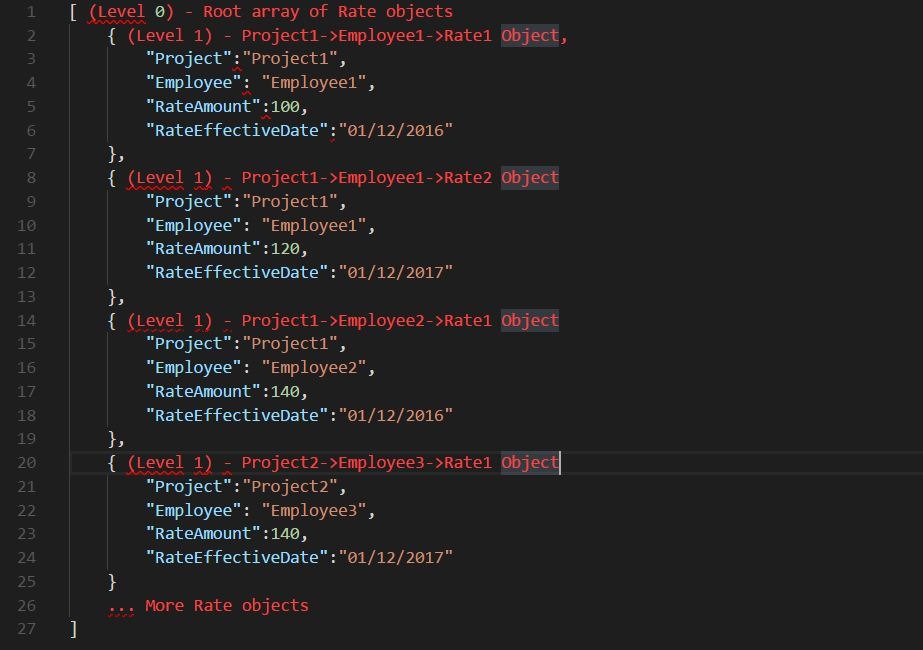

This method of encoding works similarly with a more advanced array with nesting for example. Let us build a dummy data array that is prepared for encoding into properly formatted JSON. Now we’ve had an introduction to the functions let’s get our hands messy with some coding examples. An optional options parameter that takes some of the PHP constants available.An optional depth integer to specify any user recursion depth if required.An optional Assoc boolean to instruct whether to bypass conversion to an object and to produce an associative array instead.The decode function has the following parameters Now json_decode() on the other hand, has a completely different goal, which is to only attempt to convert a JSON string to a PHP object or array. An optional depth integer, instructing the function of how ‘nested’ the value you are passing in.An optional options value which, uses a range of PHP constants to pretty much format the data returned.

PHP JSON DECODE OBJ WITH NESTED ARRAY HOW TO
In this tutorial-based article, we will learn about the json_encode() and json_decode() functions, what parameters they use, and finally how to utilize them in real-life code. Encode and decode functions in PHP are usually used with one of the following types string and array. These two JSON helper functions are particularly dedicated to encoding and decoding JSON data. PHP ships out of the box with some great native functions for working with JSON (JavaScript Object Notation), specifically json_encode() and json_decode().


 0 kommentar(er)
0 kommentar(er)
